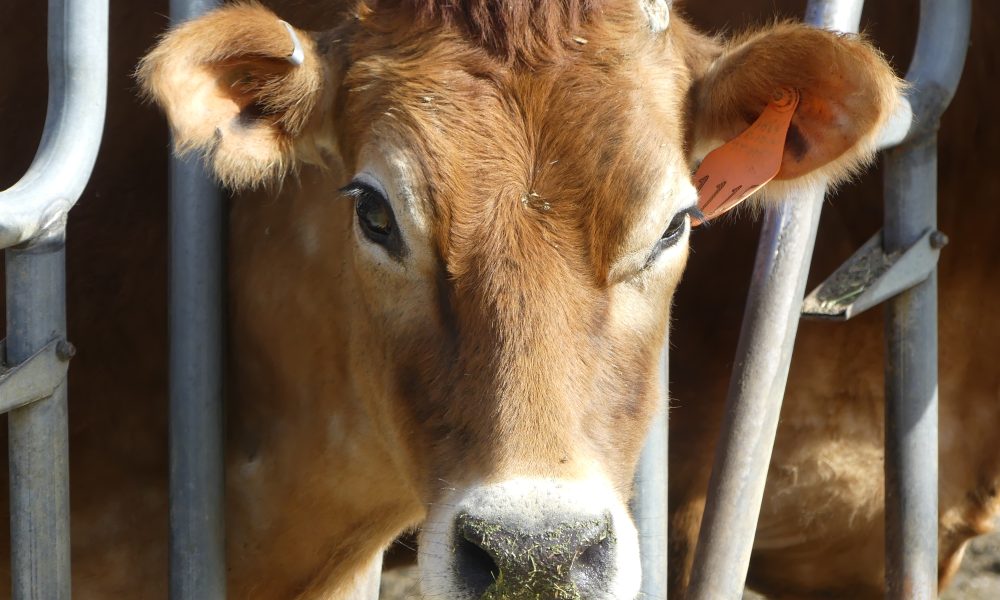
Feedlot and dairy producers depend on action from the USDA to control birds eating feed and harassing calves. (The Enterprise-John L. Braese)
VALE – Cattle producers don’t want starlings eating feed and pecking at young calves. Irrigators don’t want beavers delaying water supplies in the heat of the summer. Range riders don’t want coyotes harassing mother cows about to give birth.
Taking care of these issues falls under the umbrella of the U.S. Department of Agriculture Wildlife Services. The agency contracts each year with the county to provide wildlife damage management with the current contract calling for the county to pay $47,435 for these services. The federal agency adds $21,724.
In December David Williams, USDA state director, discussed the contract with the Malheur County Court. Numerous producers unhappy with the current service also attended.
Williams said the county has never asked for an itemized statement listing what services have been completed. In response, the court asked for such a report and recently it got one. Feb. 21, Curt Mattson, acting district supervisor for the USDA, submitted a report covering July through January.
Mattson said the agency has agreements to work on 28 properties totaling 372,373 acres in the county. The USDA staff worked on 27 properties, putting in 872 hours.
Mattson said the agency had experienced problems, both internal and external, in handling complaints.
“We have killed 75 coyotes,” he said. “Last year, that number was at 200.”
The number is down due to a shortage of a cyanide device call M44.
“There was a shutdown of the company making it and then we had labeling problems,” said Mattson of the device. The issues surrounding the antidote have been resolved through a re-labeling of the toxicant and additional use restrictions,” Mattson wrote in his report. “As soon as Oregon Department of Agriculture registers the EPA level in Oregon, the use of M44s will resume in Malheur County.”
Mattson said aircraft use to hunt coyotes has been curtailed due to budget cuts and problems finding pilots. Mattson said the agency recently used a California pilot, but that was for one week.
Williams told the court in December that a crash in Wyoming grounded all aerial hunting from December 2016 to February.
He also cited a lack of pilots.
“We cannot afford a full-time pilot so we rely on other state agencies and pilots from other states to help out,” he said. “We will continue to struggle without a full-time pilot.”
The control of starlings and ravens has also been slowed due to problems with a toxicant.
The poison used, DRC-1339, became hard to find and was used more sparingly in Malheur County.
Mattson said the problem has been remedied and feed lots should begin to see the populations back under control.
One problem persisting is damage done by beavers.




